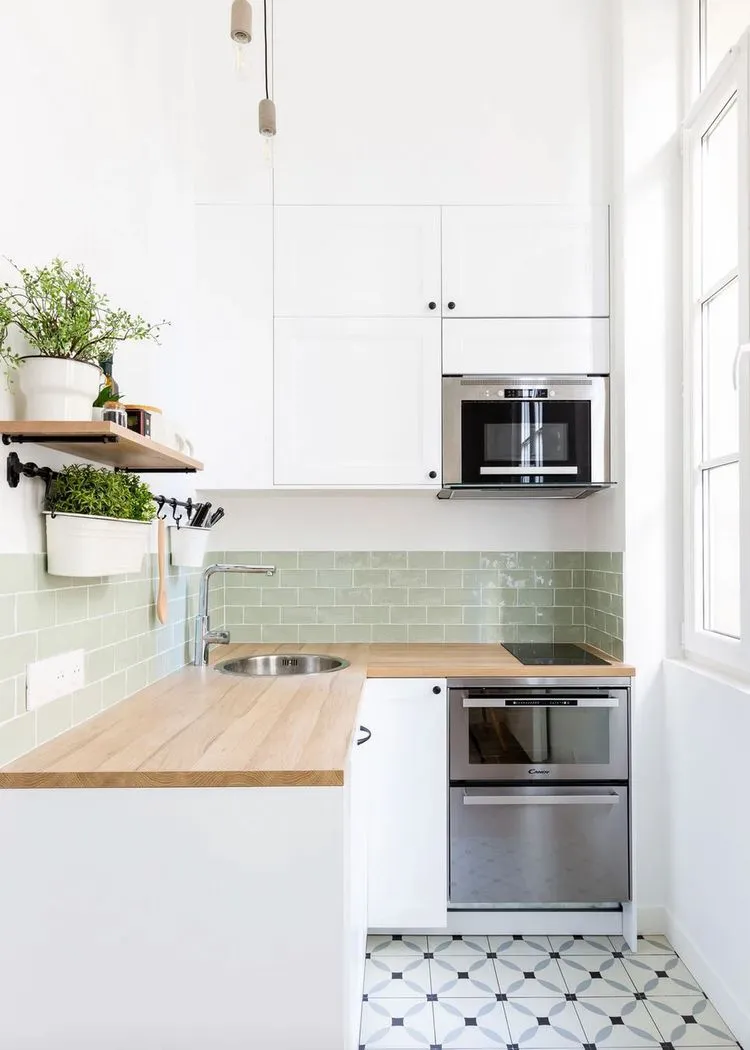Understanding Kitchen Decor
Kitchen decor is more than just aesthetics it’s about creating a functional and inviting space that reflects your personal style. A well-designed kitchen can significantly enhance your home’s value and improve your daily living. This guide will help you navigate the world of kitchen decor, from understanding different design styles to selecting the perfect color palette, choosing the right appliances, and adding those essential finishing touches. Whether you’re planning a full-scale renovation or simply looking for some quick updates, this guide will provide you with the knowledge and inspiration you need to transform your kitchen into the heart of your home. Effective kitchen decor can dramatically improve the look and feel of your home and will provide you with years of enjoyment. A well decorated kitchen is the foundation for a great home.
Defining Your Style
Before diving into specific design elements, it’s crucial to identify your preferred style. This will serve as the foundation for all your decorating decisions. Consider your lifestyle, the overall aesthetic of your home, and what makes you feel most comfortable and inspired. Do you prefer clean lines and minimalist design, or do you lean towards a more cozy and traditional feel? Are you drawn to natural materials and a rustic ambiance, or do you crave the sleek sophistication of a modern kitchen? Knowing your style preferences will help you narrow down your choices and create a cohesive and visually appealing space. Researching different styles is the best way to narrow down your personal preferences.
Modern Kitchens
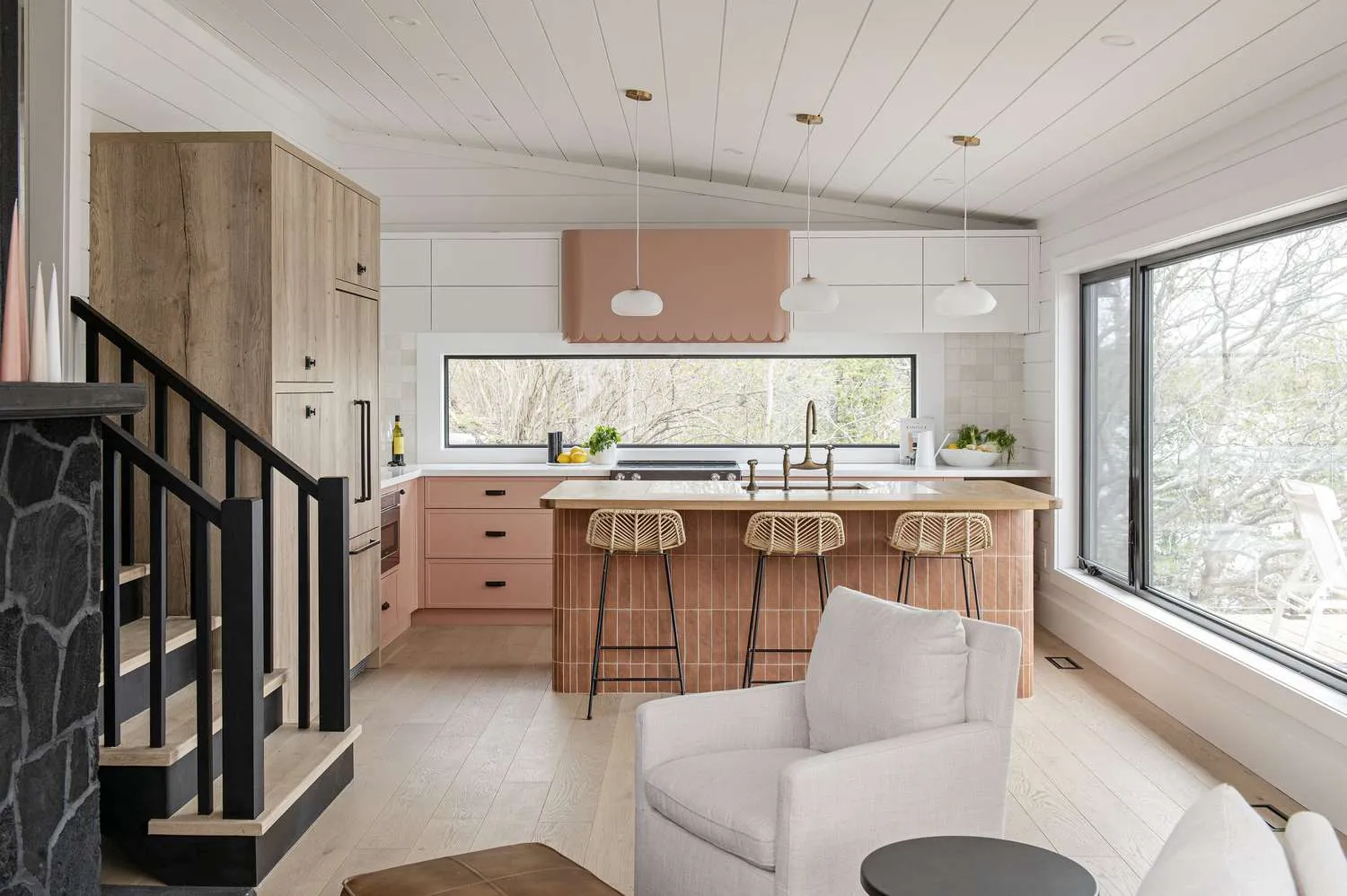
Modern kitchens are characterized by their sleek lines, minimalist aesthetic, and emphasis on functionality. Common features include flat-panel cabinets, stainless steel appliances, and a neutral color palette with pops of bold color. Clean countertops, open shelving, and a focus on technology also define modern kitchens. The modern kitchen design focuses on creating a space that is uncluttered, efficient, and visually appealing. This design often incorporates innovative materials and technologies to maximize both aesthetics and functionality. Modern kitchens typically feature large windows, which allow for natural light, creating a bright and airy atmosphere. This type of kitchen is perfect for the minimalist enthusiast.
Traditional Kitchens
Traditional kitchens evoke a sense of warmth, comfort, and timeless elegance. They often feature ornate details such as raised-panel cabinets, crown molding, and intricate hardware. Warm colors, such as creamy whites, soft yellows, and muted greens, are common. Traditional kitchens often include features such as islands with detailed woodwork, expansive countertops made from granite or marble, and chandeliers that add a touch of luxury. Traditional designs include a balance of beauty and functionality that will serve you for years to come. These kitchens are the center point of the home. It is a place to gather, cook and enjoy.
Rustic Kitchens
Rustic kitchens embrace natural materials, textures, and a lived-in aesthetic. Exposed beams, reclaimed wood, and natural stone are common elements. Earthy tones, such as browns, greens, and grays, create a warm and inviting atmosphere. Rustic kitchens can include features like butcher-block countertops, farmhouse sinks, and open shelving made from weathered wood. Decorative items, such as vintage signs, woven baskets, and copper pots, enhance the rustic charm. The key to rustic design is to create a space that feels comfortable and welcoming, celebrating the imperfections and character of natural materials. This design style is well suited for those who prefer a more organic feel.
Planning Your Space
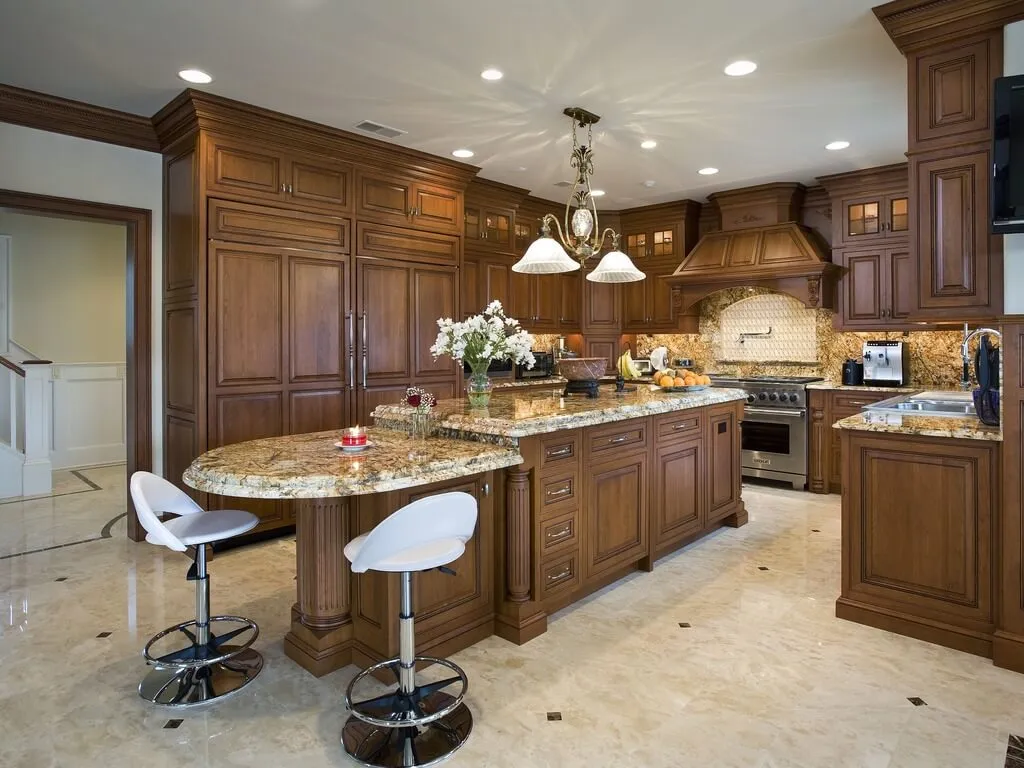
Careful planning is essential for a successful kitchen decor project. Before you start selecting colors and materials, you’ll need to assess your existing space and consider your specific needs and how you use the kitchen. Think about the layout, functionality, and the flow of traffic within the kitchen. A well-planned kitchen is one that maximizes efficiency and offers ample storage and workspace. Proper planning will ensure the best possible outcomes and will eliminate costly mistakes. Understanding and addressing the size and use of your kitchen will allow you to make more informed design decisions.
Measuring Your Kitchen
Accurate measurements are crucial for any kitchen project. Take detailed measurements of the entire space, including the length and width of each wall, the height of the ceiling, and the location of doors, windows, and existing appliances. Note the location of electrical outlets and plumbing fixtures. Create a floor plan, either by hand or using design software, to visualize the layout and ensure that all elements will fit properly. Double-check all measurements before making any purchases or starting any work. Correct measurements will avoid frustrating rework and ensure that you get the best fit for your new decorations.
Layout Considerations
The layout of your kitchen greatly impacts its functionality. Consider the work triangle, which connects the sink, stove, and refrigerator. Ensure that these three elements are within easy reach of each other to streamline meal preparation. Think about the placement of cabinets, countertops, and appliances to maximize storage and workspace. Consider the flow of traffic within the kitchen and ensure that there is enough space for people to move around comfortably. If you have space, consider adding an island for extra counter space and seating. Proper planning of the kitchen layout will prevent obstructions and allow for a more pleasant cooking experience. Consider any and all options, from the basic triangle, to a complete kitchen remodel.
Color Palette and Design
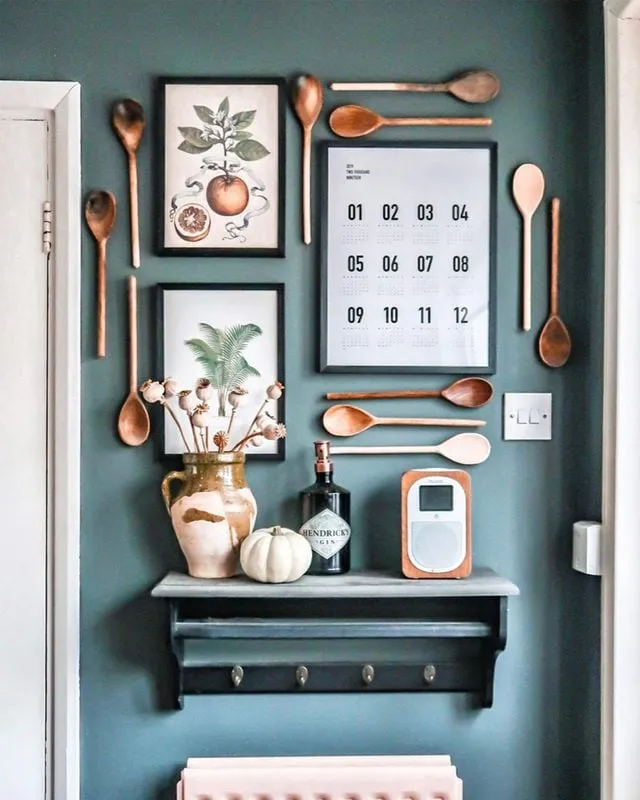
The color palette you choose will set the tone for your kitchen and influence its overall aesthetic. Selecting the right colors can create a sense of harmony, enhance the natural light, and reflect your personal style. Consider the size of your kitchen, the amount of natural light it receives, and the overall mood you want to create. The color scheme should complement the style of your kitchen and the existing features of your home. Colors can influence mood and perception and are critical to achieving your desired decor. Research and planning will allow you to maximize the look and feel of your kitchen.
Choosing Your Colors
When selecting colors for your kitchen, consider the following. Start with a base color for the walls, then choose accent colors for cabinets, countertops, and accessories. Neutral colors, such as white, gray, and beige, are popular choices for walls as they create a bright and airy feel and provide a versatile backdrop for other design elements. Consider warmer colors, such as yellows and oranges, to create a cozy and inviting atmosphere, or cooler colors, such as blues and greens, for a more calming effect. Don’t be afraid to experiment with different color combinations to find what works best for your kitchen. Using the color wheel and considering the emotions the colors evoke can help you to make a well informed decision.
Wall Colors
Wall colors have a significant impact on the overall look and feel of your kitchen. Light-colored walls can make a small kitchen feel larger and brighter, while darker colors can create a cozy and intimate atmosphere. Consider the amount of natural light your kitchen receives when choosing a wall color. If your kitchen is dark, opt for lighter colors to maximize the available light. If your kitchen receives a lot of natural light, you can experiment with bolder colors. Consider the finish of your paint as well, choosing a semi-gloss or satin finish for easy cleaning and durability. Think of wall colors as the background for your kitchen design, a well chosen wall color will complement the rest of your selections.
Cabinet Colors
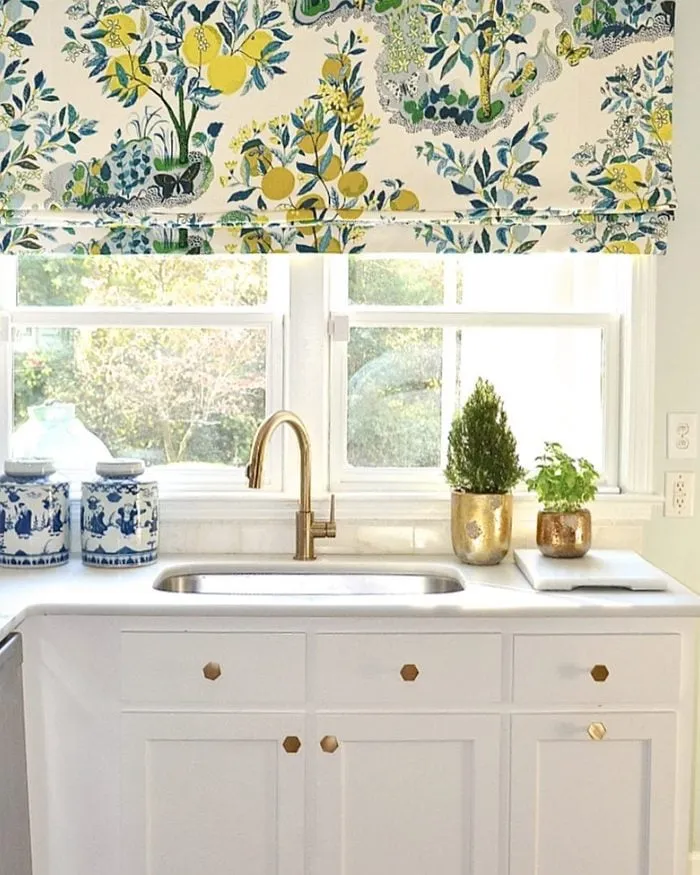
Cabinet colors play a key role in defining the style and aesthetic of your kitchen. White cabinets are a classic choice, offering a clean and timeless look. Gray cabinets can create a sophisticated and modern feel, while wood-toned cabinets add warmth and natural beauty. Consider the overall color scheme of your kitchen when choosing cabinet colors. If you have a neutral wall color, you can experiment with bolder cabinet colors to add personality and visual interest. If your kitchen is small, lighter cabinet colors can make the space feel larger. Consider the finish of your cabinets as well. Glossy cabinets can reflect light and make a kitchen feel brighter, while matte cabinets offer a more subtle and understated look.
Flooring Choices
Flooring is another essential element to consider when designing your kitchen. The right flooring can enhance the overall look and feel of your space and provide durability and practicality. There are many different flooring materials to choose from, each with its own benefits and drawbacks. Consider your budget, the level of traffic in your kitchen, and your personal style when making your decision. The floor of the kitchen takes a lot of abuse and must be able to stand up to the spills and traffic. Choosing the right materials and proper installation are critical to your satisfaction.
Material Options
Several flooring options are popular for kitchens. Hardwood flooring offers a classic and timeless look, but it can be susceptible to water damage. Tile flooring is durable, water-resistant, and available in a wide range of styles and colors. Vinyl flooring is a budget-friendly option that is also water-resistant and easy to maintain. Laminate flooring is a good alternative to hardwood, offering a similar look at a lower price point. Consider the pros and cons of each material and choose the one that best suits your needs and budget. Proper care and maintenance can dramatically extend the life of your floor. Choosing the right flooring material will allow you to be worry free for years.
Installation Considerations
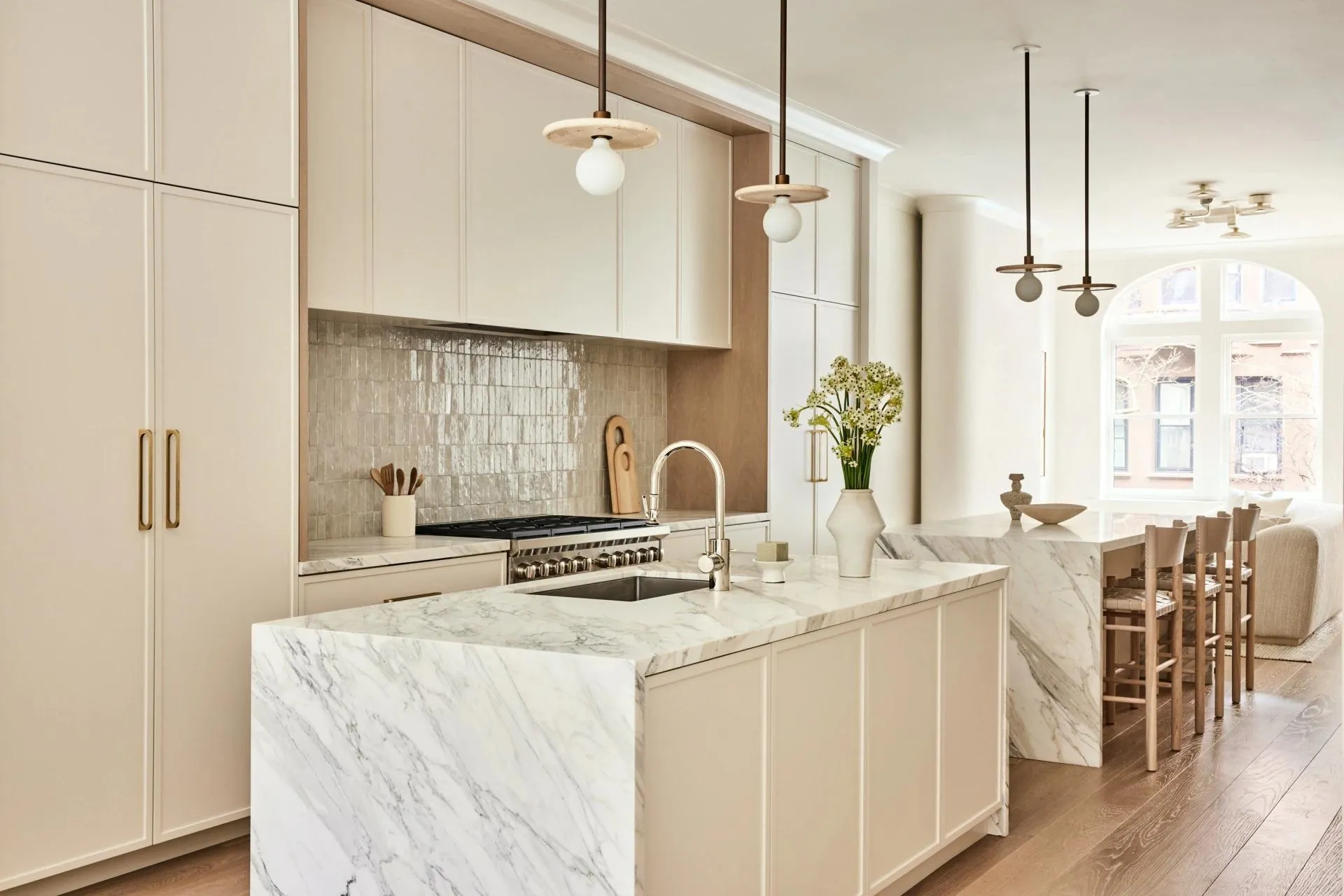
The installation of your flooring is as important as the material you choose. Proper installation ensures that your flooring will last for many years and will perform as expected. If you’re not comfortable installing the flooring yourself, hire a professional to ensure that the job is done correctly. Consider the subfloor, ensuring that it is level and in good condition before installing any flooring material. Follow the manufacturer’s instructions carefully during the installation process. Proper installation will avoid the need for future repair and replacement. Ignoring the required steps could lead to frustration and expense. The extra care you give to the installation will pay dividends down the road.
Essential Decor Elements
Once you have established your color palette and chosen your flooring, it’s time to focus on the essential decor elements that will bring your kitchen design to life. These elements include lighting, furniture, appliances, and accessories. These elements enhance the functionality and the aesthetics of your kitchen. They contribute to a complete and visually appealing space. These elements are the final touch for your design and will make the space warm and welcoming.
Lighting
Lighting is a crucial element in kitchen decor, as it affects both the functionality and the ambiance of the space. Proper lighting can enhance the appearance of your kitchen, create a welcoming atmosphere, and improve the efficiency of your workflow. There are several types of lighting to consider, each serving a different purpose. Proper lighting can also influence your mood and perception. From task lighting to mood lighting, the options are many and should be considered carefully.
Types of Lighting
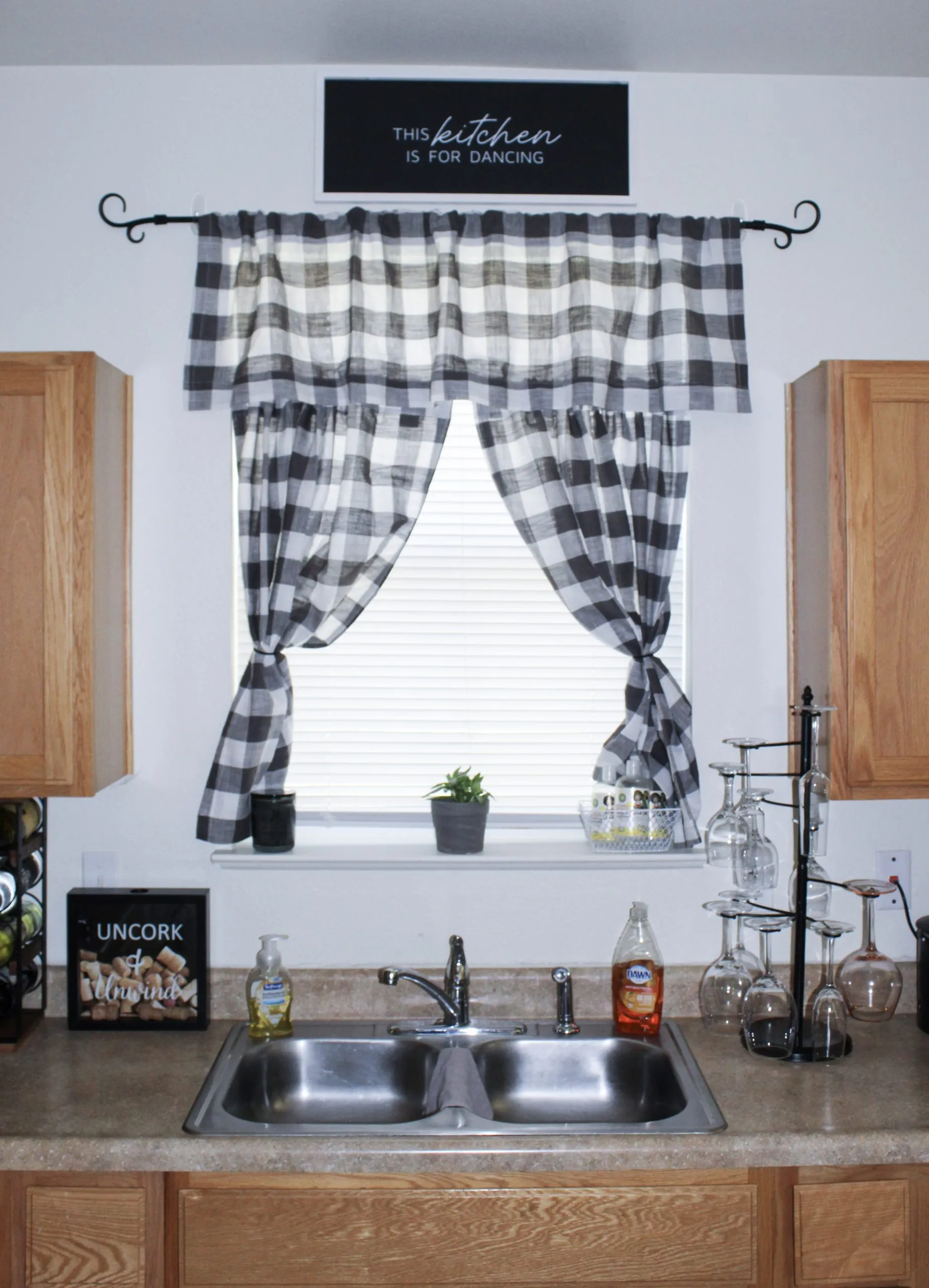
There are several types of lighting to incorporate in your kitchen. Task lighting illuminates specific areas, such as countertops and the stovetop, to facilitate food preparation. Ambient lighting provides general illumination for the entire kitchen. Accent lighting highlights architectural features or decorative items. Recessed lights, pendant lights, under-cabinet lights, and track lights are all popular choices. Consider the wattage and color temperature of your light fixtures to create the desired effect. A combination of these will create the right atmosphere. Think about the use of the kitchen when deciding the number and type of light.
Placement Strategies
The placement of your lighting fixtures is just as important as the type of lighting you choose. Place task lighting directly above work surfaces to minimize shadows and provide adequate illumination. Use pendant lights or chandeliers over islands or dining areas to create focal points and add visual interest. Install under-cabinet lights to illuminate countertops and provide a warm glow. Consider the height and spacing of your light fixtures to ensure that they are both functional and aesthetically pleasing. Proper placement will create a functional and comfortable kitchen. Your lighting plan should include the placement of outlets as well.
Furniture and Appliances
Furniture and appliances are essential elements in any kitchen. They enhance the functionality and aesthetics of the space. Appliances are the workhorses of the kitchen, while furniture adds comfort and style. Choosing the right furniture and appliances can significantly improve your kitchen’s usability and make it a more enjoyable place to spend time. Careful planning will ensure a well-designed kitchen that meets your needs and complements your decor. The right choices will make your kitchen a place to gather.
Choosing Appliances

Appliances are essential for the functionality of any kitchen. When choosing appliances, consider your cooking habits, your budget, and the overall style of your kitchen. Stainless steel appliances are a popular choice, offering a sleek and modern look. Consider the size and capacity of each appliance to ensure that it meets your needs. Energy-efficient appliances can save you money on your energy bills and are better for the environment. Research different brands and models and read reviews to make an informed decision. The proper appliances will allow you to cook and store your foods with ease and will integrate into the overall design.
Selecting Furniture
Furniture adds comfort, style, and functionality to your kitchen. Depending on your space, you might include a kitchen island with seating, a dining table, or a breakfast nook. Consider the style of your kitchen and choose furniture that complements the overall aesthetic. Select durable, easy-to-clean materials, especially for seating areas. Ensure that the furniture fits comfortably within the space and does not obstruct traffic flow. The right choices of furniture will greatly enhance the enjoyment of the kitchen and make it a place to relax and gather. The selection of furniture will allow you to customize the kitchen to your needs and lifestyle.
Accessories and Finishing Touches
Accessories and finishing touches are the elements that bring personality and style to your kitchen. These final details can transform a functional space into a warm and inviting environment that reflects your personal taste. The accessories and finishing touches are like jewelry for a room, they add the final touches that give it style and make it memorable. From wall art and mirrors to textiles and decorative items, every element plays a role in completing the overall look and feel of your kitchen. Careful selection of these final touches will make your kitchen uniquely yours.
Adding Decorative Items
Decorative items add personality and visual interest to your kitchen. Consider adding items that reflect your interests and style. Display cookbooks on open shelves, hang a colorful piece of art, or add a collection of decorative bowls. Add items like vintage signs, interesting vases, or unique kitchen utensils. Ensure the items are proportional to the space and do not clutter the area. Change out your items with the seasons. This is a way to refresh your kitchen decor. The right items will add character and show your unique tastes.
Wall Art and Mirrors
Wall art and mirrors can enhance the aesthetics and functionality of your kitchen. Choose artwork that complements your style and color scheme. Consider the size and placement of the artwork to ensure that it fits the space. Mirrors can make a small kitchen feel larger and brighter by reflecting light. Place mirrors strategically to enhance the views and create visual interest. Use mirrors to reflect light and make the space feel larger. Consider the frames and materials used to match the overall design of the kitchen. These are easy and impactful ways to enhance the decor.
Plants and Greenery
Plants and greenery can add life, freshness, and a natural touch to your kitchen. Choose plants that thrive in kitchen environments, such as herbs, succulents, or small indoor plants. Place plants on countertops, windowsills, or open shelves to add visual interest. Consider the size and placement of plants to ensure they do not obstruct workflow. Use attractive pots or planters to complement your decor. Plants purify the air and create a more inviting atmosphere. Greenery can make any kitchen more beautiful and relaxing. Using plants is one of the simplest and most effective decorating ideas.
Textiles and Soft Furnishings
Textiles and soft furnishings add comfort, texture, and warmth to your kitchen. Consider adding window treatments, such as curtains or blinds, to soften the space and control the amount of light. Use throw pillows on seating areas to add color and pattern. Incorporate textiles like rugs, dishtowels, and aprons to enhance the style. Choose fabrics that are durable, easy to clean, and complement your color scheme. The textiles can add warmth to the room. Textiles are a great way to add visual interest and style to the kitchen.
Window Treatments
Window treatments play a significant role in controlling light, privacy, and the overall style of your kitchen. Choose window treatments that complement your decor and provide the desired level of light control. Consider the style of your kitchen when selecting curtains, blinds, or shades. Opt for light-filtering fabrics to soften the light and add privacy. Consider the size and shape of your windows. Choose treatments that are easy to clean and maintain. Selecting the right window treatments will add to the comfort of the kitchen, and will add to its design.
Table Linens and Accessories
Table linens and accessories add a touch of elegance and functionality to your kitchen or dining area. Use tablecloths, placemats, and napkins to add color and pattern. Choose table linens that complement your style and color scheme. Add decorative centerpieces, such as vases or candles, to enhance the visual appeal. Consider the durability and ease of cleaning when selecting table linens. Table linens and accessories allow you to update the design for seasons and holidays. Table linens can make your kitchen more welcoming.
Budgeting and Implementation
Once you have a clear vision for your kitchen decor, it’s time to plan your budget and implement your design. Whether you’re undertaking a full-scale renovation or simply making a few updates, it’s crucial to manage your budget effectively and execute your plan with precision. Proper planning will prevent budget overruns, ensure the project is completed on time, and allow you to achieve the desired results. Consider all aspects of your kitchen decor plans, from the color of the paint to the cost of the new appliances. Planning is key to a successful project.
Setting a Budget
Setting a realistic budget is the first step in any kitchen decor project. Determine how much you can afford to spend and allocate funds to different elements of your design. Research the costs of materials, appliances, and professional services. Get quotes from contractors and suppliers. Be sure to include a contingency fund to cover unexpected expenses. Prioritize your spending and focus on the elements that will make the biggest impact on your kitchen’s design. Proper budgeting will help you to create the kitchen of your dreams. A clear budget is the foundation of any project.
DIY Projects
DIY projects can be a cost-effective way to enhance your kitchen decor. Consider tackling smaller projects, such as painting cabinets, installing new hardware, or adding a backsplash. Research DIY projects thoroughly and follow all instructions carefully. Utilize online resources and tutorials. Do not be afraid to seek help from friends or family. Ensure that you have the necessary tools and materials before you start. The DIY route can save money and give you a great sense of accomplishment. Many small projects can make a huge difference in the look of your kitchen.
Hiring Professionals
If you’re planning a major kitchen renovation or if you lack the skills or time to complete the project yourself, consider hiring professionals. Research and select qualified contractors, designers, and other specialists. Get multiple quotes and check references before making your decision. Establish clear contracts and communication channels. Supervise the work and ensure that all tasks are completed according to your specifications. Hiring professionals can save you time and ensure that the project is completed to a high standard. A professional can avoid costly mistakes and provide valuable insights.
In conclusion, creating a beautiful and functional kitchen is an achievable goal with careful planning, thoughtful design, and a clear understanding of your personal style. From defining your aesthetic to selecting the perfect color palette, choosing the right appliances, and adding those essential finishing touches, every element contributes to the overall look and feel of your kitchen. By following this guide, you can transform your kitchen into the heart of your home, a space that inspires creativity, facilitates connection, and brings you joy for years to come. Enjoy the process of creating a kitchen that is uniquely yours.
